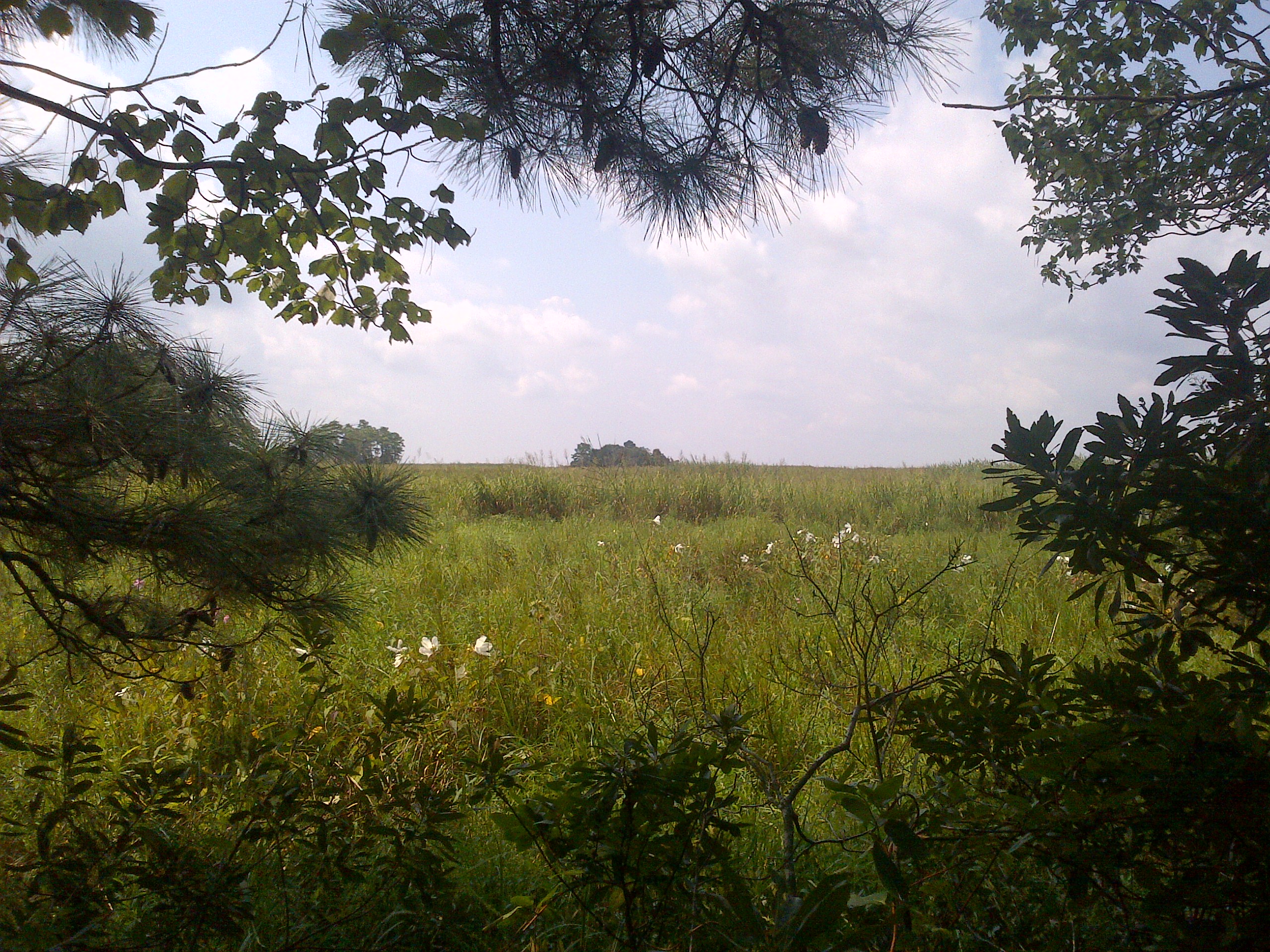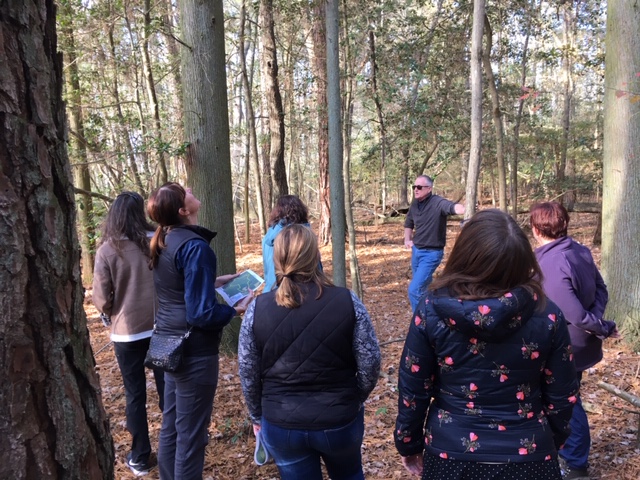Partnership Conserves 438 Acres in Wicomico County
Annapolis, MD – The Taylors Trail Sand Ridge Ecologically Sensitive Area (ESA) in Wicomico County is home to an additional 438 acres of conserved land at Blackwater National Wildlife Refuge, thanks to a partnership between the U.S. Fish and Wildlife Service, The Nature Conservancy, and Chesapeake Conservancy. The Nature Conservancy and the Service collaborated to identify the property’s natural attributes and worked with the landowner to include it as an important addition to the national refuge system. In addition, the project was made possible with the help of private funds secured by the Chesapeake Conservancy from the Mt. Cuba Center and funds from the sale of the Federal Migratory Bird Hunting and Conservation Stamps, commonly known as Duck Stamps.
“We can only succeed in conserving wildlife on a landscape level through partnerships with organizations like Chesapeake Conservancy and local communities. The Duck Stamp is an excellent example of how waterfowl hunters and others who buy them can directly contribute, with 98% of the funds going to land acquisition. Each partner plays an important role which ultimately protects habitat and provides a place where the public can still enjoy wildlife, whether by bird watching, hunting, hiking, or fishing, all vital to the economic as well as ecological health of the Nanticoke watershed,” explains Marcia Pradines, complex manager for the Chesapeake Marshlands National Wildlife Refuge Complex, U.S. Fish and Wildlife Service.
“Conservation success stories often involve many partners. Once again, Mt. Cuba Center was there to help us bring another high priority conservation project over the finish line,” said Joel Dunn, Chesapeake Conservancy’s president and CEO. “This parcel includes 95 acres of forest and is located just downstream from a previously protected corridor of more than 19,000 acres that was made possible through a partnership with Mt. Cuba Center, Chesapeake Conservancy, The Nature Conservancy, the Department of Defense, and other partners.”
“Mt. Cuba Center is committed to the conservation of open space and natural habitats,” said Ann Rose, Mt. Cuba Center’s president. “We thank Chesapeake Conservancy for their leadership in this important project, and we’re gratified that our support helped bring partners together to conserve these precious landscapes.”
“We were so fortunate to find this unique gem of diverse plant and wildlife habitat right in the heart of the Nanticoke watershed. We are pleased that the efforts of this coalition of private and public partners resulted in the permanent protection of this property that had been in the landowner’s family for generations,” said Elizabeth Carter, land protection director for The Nature Conservancy.
The property, now part of Blackwater National Wildlife Refuge, is comprised of upland forest, over 275 acres of tidal and non-tidal wetlands, a stand of mature Atlantic white cedars, and a unique dune habitat that will be restored to native short-leaf pine.
In addition to its location in the heart of the Taylors Trail Sand Ridge ESA, it is proximate to the Barren Creek ESA, and more than 200 acres of protected Chesapeake forest land.
“The Department of Defense celebrates this conservation achievement. While not directly involved in this project, it complements the Navy’s conservation projects in the Middle Chesapeake Sentinel Landscape, ensuring that Atlantic Test Ranges and Naval Air Station Patuxent River can continue to develop, test, and evaluate safe and effective aircraft for our nation’s service men and women,” said Kristin Thomasgard, director of the Readiness and Environmental Protection Integration (REPI) Program.

Photo Credit: Dan Murphy USFWS

Photo Credit: Christina Ryder USFWS
